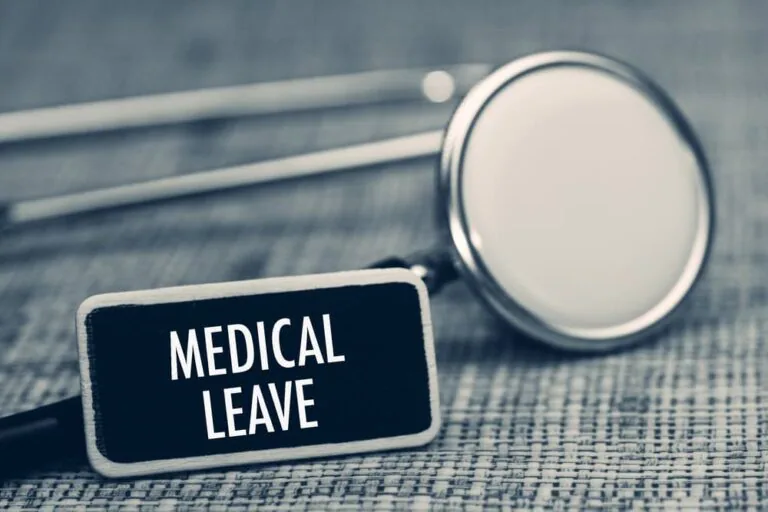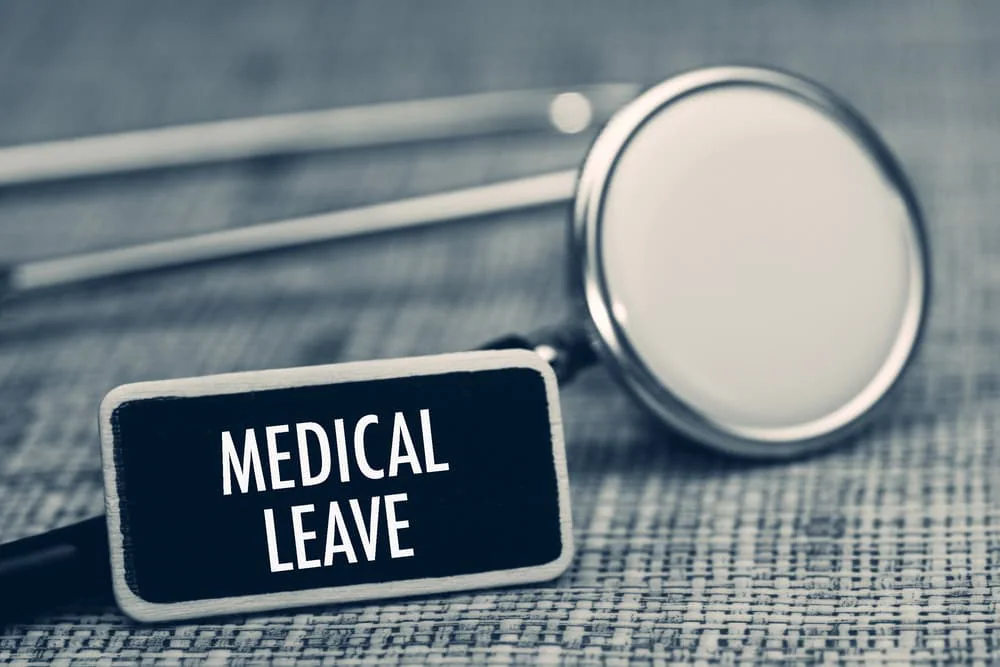If you have a parent or family member living in a nursing home in New York and you notice signs of abuse or neglect, it’s critical to act quickly to protect them. Elder abuse in nursing homes is sadly more common than most people realize—and it can take many forms, including physical, emotional, or even financial abuse.
Here are three important steps you should take right away if you suspect nursing home neglect or abuse:
1. Take Photographs of Injuries or Unsafe Conditions
If you notice anything concerning—such as bruises, bedsores (also called pressure ulcers), poor hygiene, or unsanitary living conditions—take clear photographs as soon as possible. Visual evidence is often key when reporting nursing home abuse in New York, whether to facility administrators or state authorities.
2. Keep Detailed Notes
Document everything. Write down:
- What you saw
- When it happened
- Who was involved (if known)
- How your loved one responded
Keep a journal or digital log with dates and times. This documentation can be vital if you need to make a formal complaint or consult with an elder law attorney in New York.
3. Submit a Written Complaint—and Keep a Copy
Verbal complaints often go ignored. Submit your concerns in writing to the nursing home administrator and request a written response. Be sure to keep a copy for your own records. In New York, you can also file a complaint with the New York State Department of Health or the New York State Long Term Care Ombudsman Program. These agencies are responsible for investigating claims of nursing home abuse or neglect.
Final Thoughts
Taking these three steps—documenting with photos, keeping detailed notes, and filing a written complaint—can make all the difference in protecting your loved one both now and in the future.
If you have questions or need legal guidance, don’t hesitate to reach out to an experienced nursing home abuse attorney in New York. Your loved one deserves to be treated with dignity, compassion, and respect.




